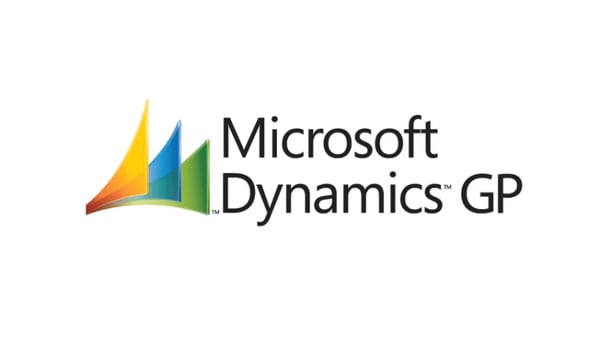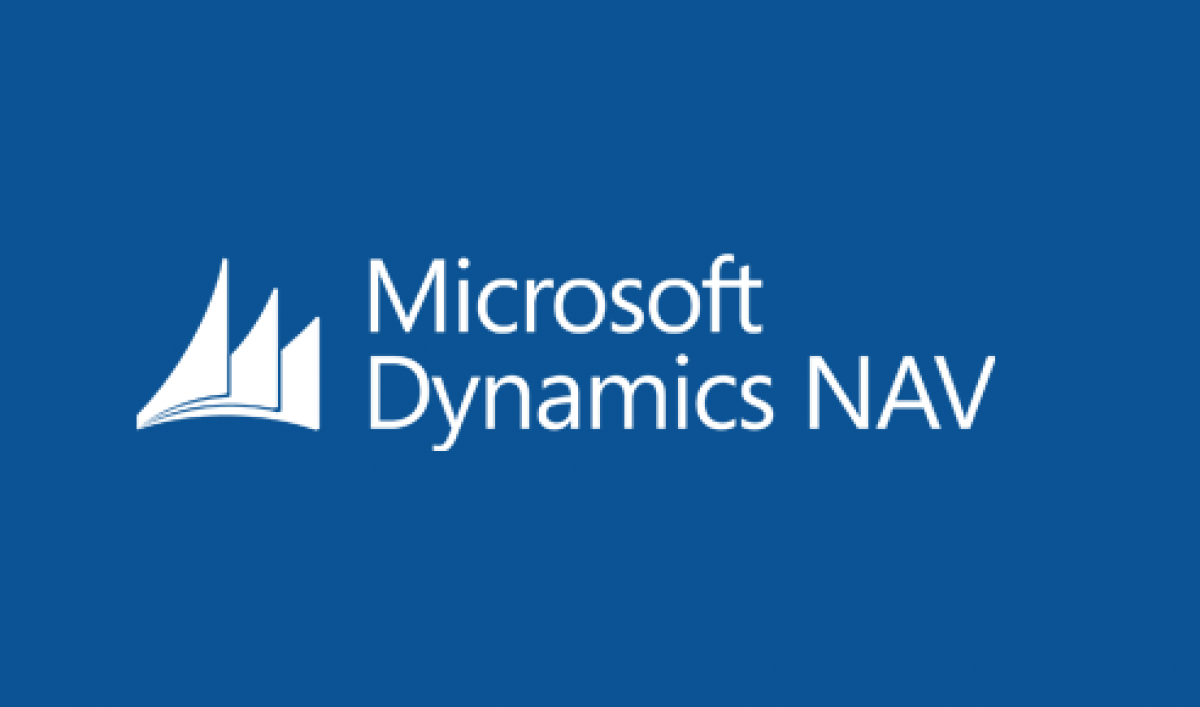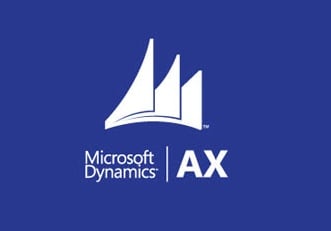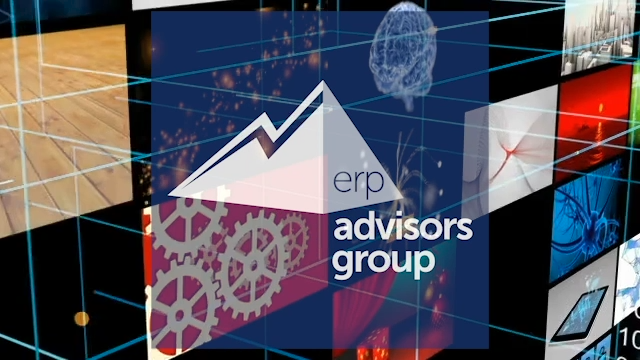
Rumors surrounding Microsoft Dynamics Great Plains' end-of-life have incited fear in businesses around the world. The unfortunate fact of the matter is that most of the information available is either incorrect, incomplete, or difficult to understand. Below is a comprehensive summary of the truth behind Great Plains' end-of-life rumors and what that means for its current customers.
The Brief History of Microsoft Great Plains
Great Plains was originally founded in 1981, focusing on the delivery of accounting software for small to mid-sized businesses. Four years after going public in 1997, Great Plains was purchased by Microsoft for $1.1 billion. Great Plains was originally developed as a DOS-based accounting system, short for disk operating system. Currently, Great Plains has two versions on the market, with one developed for the Microsoft SQL Server database and another for the MSDE database.
Recently, fear has flooded Great Plains customers around the world with rumors surrounding the end of support for the platform. Fear mongering has risen in an attempt to persuade customers away from Great Plains and onto different platforms before the rug can be pulled out from under them. But what is the truth behind the rumors?
Talk to an Independent ERP Expert About the Best Path Forward from Microsoft Great Plains
Microsoft Great Plains Support
To truly understand the future of Microsoft Great Plains, one must develop a basic understanding of Microsoft's mainstream and extended support policies, governed under either the Fixed Lifecycle Policy or the Modern Lifecycle Policy.
Microsoft states, “The Fixed Lifecycle Policy applies to many commercial and some consumer products currently available through retail purchase and/or volume licensing.” Customers under The Fixed Lifecycle Policy will receive specific support and servicing lifecycle once the product is launched, providing at least five years of Mainstream Support, and potential Extended Support for certain products. This policy is identifiable through its “fixed” dates for support.
In October of 2019, Microsoft introduced its Modern Lifecycle Policy for Microsoft Dynamics Great Plains. Prior to this development, Great Plains was governed by The Fixed Lifecycle Policy. The Modern Lifecycle Policy is unique in that it delivers continuous support and servicing. Under this policy, customers will receive bug fixes, new features, the latest tax updates, and more. Unlike the Fixed Lifecycle Policy, customers under the Modern Lifecycle policy are not weighed down by deadlines to extend support.
For more information regarding Microsoft’s policies, click here.
So, is Great Plains Being Sunsetted in 2025…2028…All the Above…Never?
The truth is, while the newest versions of Great Plains have been moved under The Modern Lifecycle Policy to ensure support for the near future, in January 2025, Microsoft announced Great Plains products, including Dynamics GP, would no longer receive support starting December 31, 2029. Security patches will continue until April 30, 2031, but Microsoft intends to divert its investment into go-forward products, such as Dynamics 365.
Versions of Microsoft Great Plains prior to 2016 have seen and will continue to see the end of mainstream and extended support from 2020 through 2028. Important platform and support ending dates are as follows:
End of Mainstream Support 1
- GP 2015 & 2015 R2 ended April 14, 2020
- GP 2016 & 2016 R2 ended July 13, 2021
- GP 2018 & 2018 R2 ended January 10, 2023
- GP Dynamics will end December 31, 2029
End of Extended Support 2
- GP 2013 & GP 2013 R2 ended April 11, 2023
- GP 2015 & 2015 R2 will end April 8, 2025
- GP 2016 & 2016 R2 will end July 14, 2026
- GP 2018 & 2018 R2 will end January 11, 2028
- GP Dynamics will end April 30, 2031

These products are still under The Fixed Lifecycle Policy, which is why they have set end dates for support. The best news for Dynamics GP 2018 or Dynamics GP 2018 R2 customers is that installing any compatible tax release or hotfix will bring the solution to version 18.2 or later, thus enacting support under The Modern Lifecycle Policy. No tax releases or hotfixes to Dynamics GP 2018 will allow the customer to stay governed under The Fixed Lifecycle Policy.
However, with the latest developments, Microsoft GP products under The Modern Lifecycle Policy now have a timeline for reaching end of support. This is not typical of Microsoft products under the Modern Lifecycle Policy and represents a hard shift away from Microsoft’s original plans for Microsoft GP.
Customers on extremely customized products may find it impossible for them to upgrade their system to the newest version, or those that have missed previous upgrades, rendering them unable to advance their system beyond its current version. In these situations, users will likely need to start from scratch, either reimplementing to the most recent version of Great Plains or finding a new system completely. While this may be a daunting task, independent consultants are available with the tools to successfully guide your business to the right solution.
Conclusion
New announcements by Microsoft signal the time to upgrade from Microsoft Great Plains is near. When it is a viable option, current Great Plains customers should look to migrate systems in advance to ensure there is no panic at the deadline for discontinued support. Microsoft value-added resellers may urge GP customers to migrate to Microsoft’s go-forward product, Business Central. However, we find it isn’t an obvious decision for most of our GP clients. GP was a strong Financials solution and it was not geared towards a specific industry, either. So if your company strictly needs strong financials, they should consider the other prominent Financials packages which are comparable to Business Central such as Sage Intacct or NetSuite. But many of our mid-market clients find the nature of their business has evolved since they deployed GP so making the switch is a good time to reevalute their options as they may be able to consolidate functions across their company into a new ERP, and Business Central is not necessarily the right fit for all GP customers.
If you are unsure about how to move forward, be willing to reach out to your Microsoft representative or a trusted ERP advisor who can dispel any myths floating around the market.
1 Mainstream Support refers to the first phase of Microsoft’s product lifecycle which includes incident support, security update support, and the ability to request non-security updates.
2 Extended Support refers to what follows once the Mainstream Support has expired. Extended Support includes paid continued support and security updates at no additional cost.
Update as of May 2023: Microsoft announced that it will end on-premises sales of Dynamics Great Plains and Dynamics 365 Business Central to new customers in 2025. Additionally, Microsoft will end subscription-based licenses for Great Plains to new customers in 2026. As of May 2023, current Great Plains customers will not be affected.
Update as of January 2025: Microsoft announced that Great Plains products (including Dynamics GP) will no longer receive continued support after December 31, 2029, and security patches will end on April 30, 2031.






